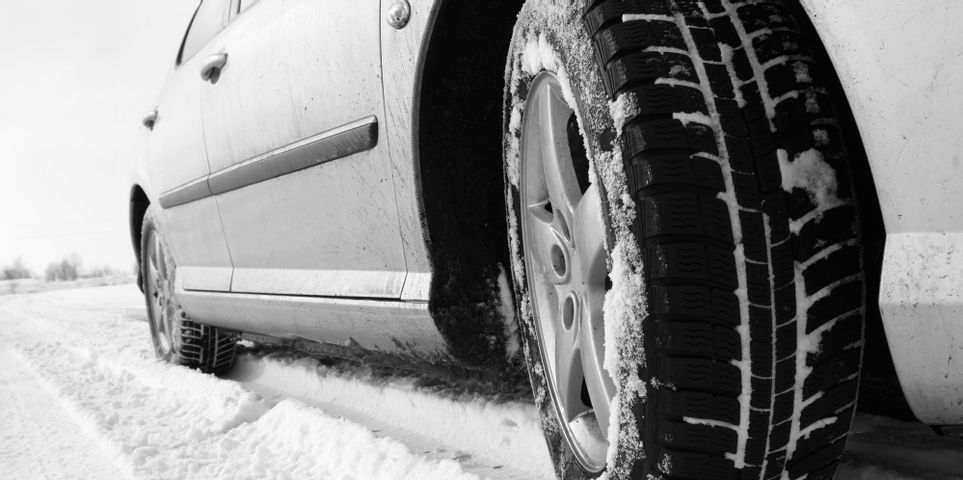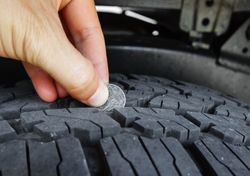What Are the Winter Tire Requirements in Colorado?

Snow accumulation during winter in Colorado can make road conditions dangerous for motorists. It can take a while for plows to remove the powder, which is why the Colorado Department of Transportation (CDOT) has laws regarding tire safety during treacherous weather. To make sure you’re prepared, below is a brief guide to tire requirements and what could happen if you don’t follow the rules.
What the Winter Tire Laws Entail
 To prevent accidents on snow- and ice-covered roads and highways, the CDOT might enforce the Traction Law, or Code 15. This means any motorists on the road must have snow tires, equipment with the mud and snow designation, or a vehicle with four-wheel or all-wheel drive. The tires must have at least one-eighth inch tread to comply. When the weather is even more severe, the state might enact the Passenger Vehicle Chain Law, or Code 16. The law requires drivers to put snow chains on tires. The devices fit over the rubber and are designed to increase traction. This law is often enforced before state highways close due to bad weather.
To prevent accidents on snow- and ice-covered roads and highways, the CDOT might enforce the Traction Law, or Code 15. This means any motorists on the road must have snow tires, equipment with the mud and snow designation, or a vehicle with four-wheel or all-wheel drive. The tires must have at least one-eighth inch tread to comply. When the weather is even more severe, the state might enact the Passenger Vehicle Chain Law, or Code 16. The law requires drivers to put snow chains on tires. The devices fit over the rubber and are designed to increase traction. This law is often enforced before state highways close due to bad weather.
How Motorists Are Penalized for Not Complying
Failing to follow the laws could put everyone on the road in danger. Motorists caught without the proper tires when the Traction Law is in effect could pay a hefty $130 fine. As driving without chains when the Passenger Vehicle Chain Law is in effect can be even more dangerous, motorists could be fined $650 or more. You’ll avoid these consequences by installing snow tires with tread that meets the minimum requirement and by keeping chains in the car during treacherous weather.
If you need new tires to comply with state laws or a new battery to prevent roadside breakdowns, Carhart Feed & Seed Co. in Dove Creek has the equipment to improve car performance and driver safety during winter. To learn more about tread and traction devices available in Dolores County, call (970) 677-2233. The tire dealers are happy to share product details. Visit the company’s Facebook page for more information for Colorado residents.
About the Business
Have a question? Ask the experts!
Send your question

